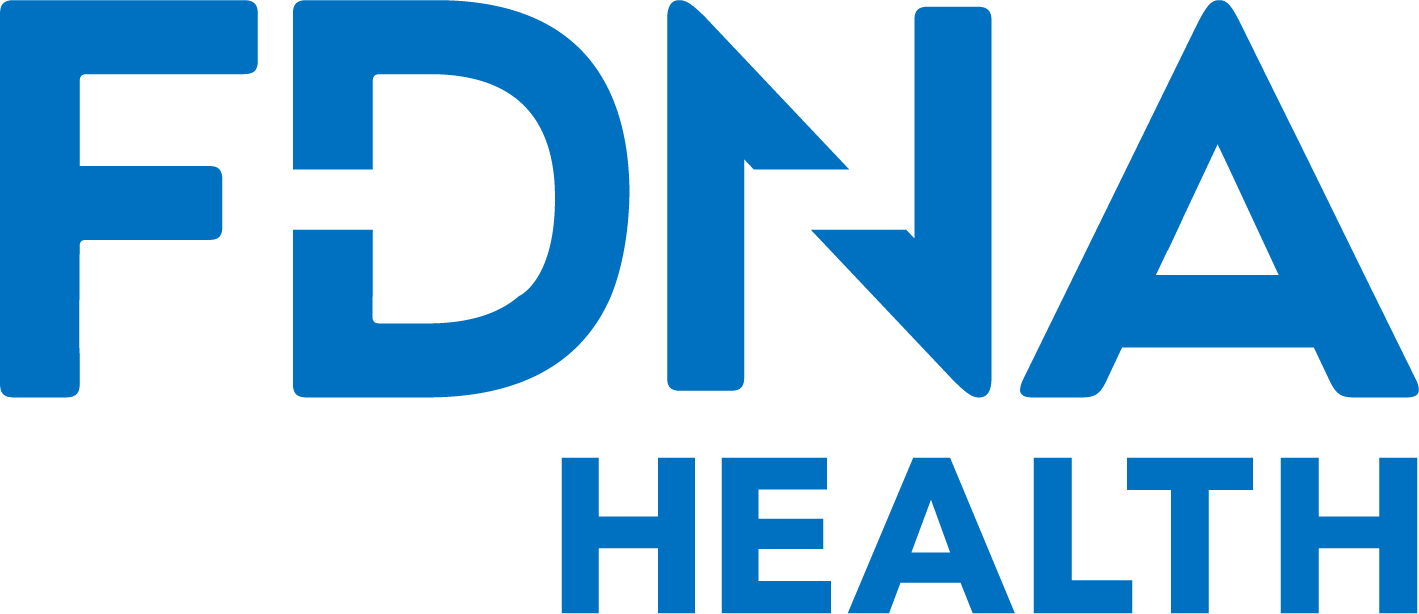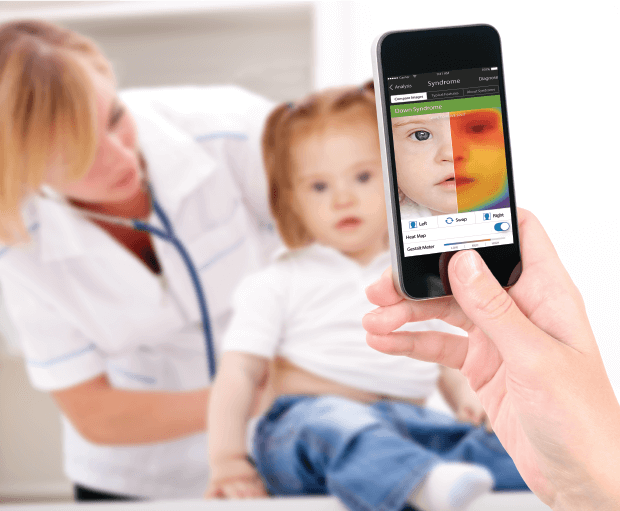The Facial Features of Genetic Diseases
Some of the most widely recognized symptoms of rare diseases are their unique facial features. Perhaps the most well known of these are the almond-shaped eyes and flattened nasal bridge common in individuals with Down syndrome.
When it comes to diagnosing a genetic disease, the identification of specific facial features in an individual may be used to help reach an accurate diagnosis for a rare disease. Facial features alone may not be enough for a genetic diagnosis – genetic analysis, screening and testing will all also play their part, as well as the presence and identification of other medical and health conditions and issues related to specific genetic syndromes.
The different types of facial features of genetic diseases
We identify some of the facial features according to the part of the face they affect. These are just a sample of the many thousands of unique facial features that may characterize a rare disease.
The eyes
Deep-set eyes – this facial feature describes eyes that are positioned deeper into the face than is typical. There is no precise or standardized measurement criteria for this.
Crossed eyes – also referred to as strabismus this unique facial feature describes eyes that are not aligned. Eyes may point in different directions.
The ears
Cupped ear – this refers to an ear with an outer rim folded into the ear. It makes the ear appear cup-shaped. This facial feature is congenital and present at birth. If this cupping is severe it may affect hearing as well.
Low-set ears – these are ears positioned lower down the head than might be expected to be normal.
The nose
Depressed nasal bridge – this often presents as a flattened bony part at the top of your nose. It may make the nose look flatter.
Bulbous nose – this is a nose that may appear fatter or rounder than normal. It usually appears bigger in the lower part of the nose, as well as in the tip.
The face
Midface retrusion – this facial feature leads to the development of a middle part of the face that appears underdeveloped, as well as flatter and smaller than normal.
Broad forehead – this facial feature refers to a forehead that is wider than the norm. It can be measured when the distance between the two sides of the head is wider than two standard deviations above the norm, after taking into account age and sex.
Genetic diseases and their facial features
Rare diseases usually have their own unique set of facial features. One unique or different facial feature is not, on its own, enough to warrant a genetic diagnosis. A feature becomes a feature of a rare disease, only when there is more than one facial feature identifiable in the same person.
Down syndrome – the characteristic facial features of Down syndrome are perhaps some of the most widely recognized. They include a flattened face and bridge of the nose, almond-shaped eyes, a short neck and small ears.
Noonan syndrome – the characteristic facial features of this genetic disease include a deep groove between the nose and the mouth, as well as widely-spaced eyes that are often a pale blue or blue-green color. Other unique features include low-set ears that may be positioned backward, a high arch in the mouth, smaller lower jaw and excess neck skin and webbing.
The more we understand about the unique set of facial features that each specific rare disease presents with, the better able we are to improve the accuracy of rare disease diagnosis rates. With this aim in mind, recent years have witnessed the development of advanced AI facial screening analysis technologies that are able to identify potential facial markers of a rare disease from a single image.
FDNA Health provides genetic consultations with an expert to help you and your family identify any symptoms that can potentially be caused by a rare genetic syndrome including Ablepharon-Macrostomia syndrome and others.







